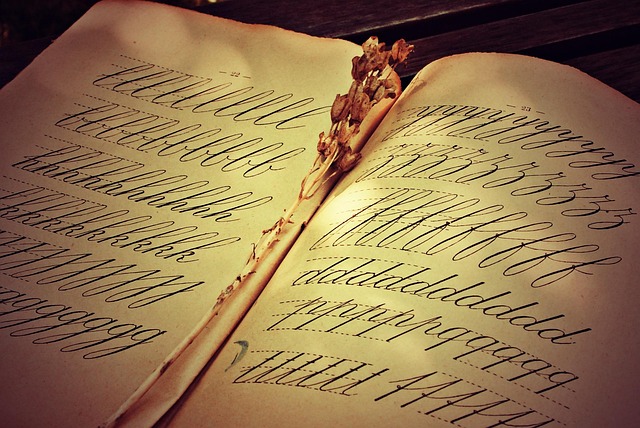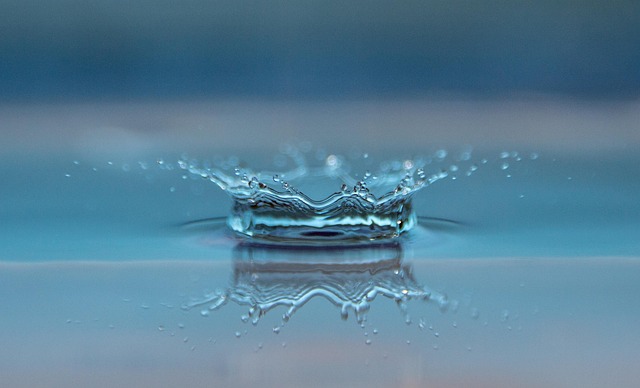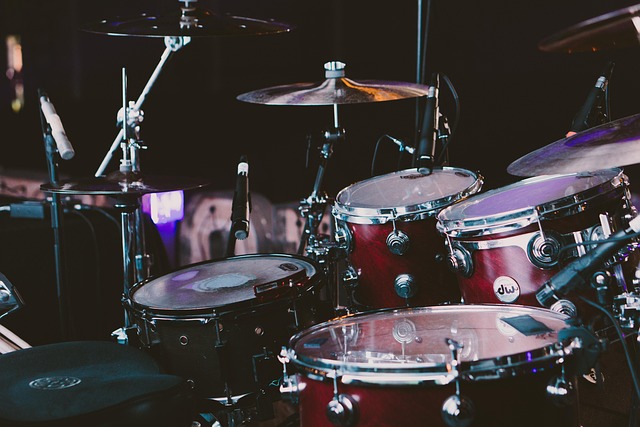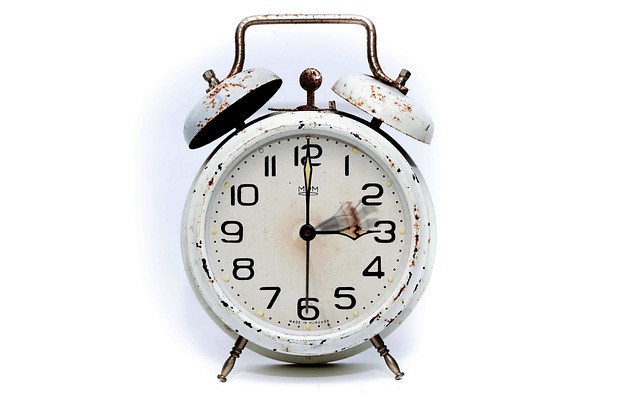Exploring Art and Design through the Example of Sculpture
Sculpture serves as a bridge between two powerful realms: the world of art and the intricate details of design. When we think of sculpture, we often conjure images of awe-inspiring forms that evoke deep emotions, yet it is also essential to recognize the thought and careful planning behind each masterpiece. The example of sculpture illustrates how artists meld creativity with technical skill, resulting in a three-dimensional expression of ideas and feelings.
Art, in its purest form, is a reflection of the human experience. Sculptors take raw materials—like clay, stone, or metal—and transform them into thought-provoking pieces that resonate with viewers on a personal level. A well-crafted sculpture can capture the essence of a moment, convey a poignant message, or provoke introspection. For instance, the emotive power of Michelangelo’s David not only showcases technical proficiency but also evokes feelings of strength and contemplation, making it a timeless example of how art can transcend time.
Moving into the realm of design, it become evident that every element of a sculpture—its shape, texture, and spatial arrangement—plays a critical role in the viewer’s experience. Designers in the field of sculpture understand how each choice impacts the overall composition. A minimalist approach might emphasize cleanliness and simplicity, while an intricate design may overwhelm the viewer, evoking curiosity and awe. This interplay between art and design leads to works that are not just seen but felt. For example, the organic forms of Henry Moore’s sculptures encourage interaction, forcing people to explore their contours and consider both the physical space and emotional resonance involved.
Moreover, contemporary sculptors are increasingly embracing technology, allowing for expanded possibilities in their designs. Digital sculpting and 3D printing open new avenues for creating intricate works that challenge traditional boundaries. The example of a digitally created sculpture, like those by artist Anish Kapoor, highlights how innovation can breathe new life into art, making it more accessible and challenging conventional perceptions of what sculpture can be.
The dialogue between art and design is not limited to the finished piece; it extends into the creative process itself. Sculptors often begin with detailed sketches, exploring the trajectory their piece will take, contemplating materials and techniques before they ever lay a hand on the medium. This planning demonstrates how crucial design philosophy is in the successful execution of a sculpture. It’s about evolving ideas through sketches, models, and maquettes, allowing artists to visualize their concepts before bringing them to life in a more substantial form.
Finally, public sculpture plays a significant role in enriching communities and fostering connections among people. From monumental installations in urban spaces to intimate pieces placed in gardens and parks, these works often ignite conversations and draw out emotions within viewers. The example of public art can inspire civic pride, provoke political discourse, or foster a sense of belonging among diverse populations. Artists like Christo and Jeanne-Claude exemplify how the unification of art and design can transform an everyday landscape into an extraordinary experience, altering how individuals perceive their environments.
Thus, through exploring the intricate relationship between art and design in sculpture, we unveil layers of meaning and emotion that deepen our appreciation for this timeless discipline. The ability to create something from mere materials, while thrilling and profound, also challenges us to reflect on our own experiences, perspectives, and the world around us. Let us immerse ourselves in this dialogue and appreciate the remarkable examples that continue to emerge from the hands of talented sculptors worldwide.




